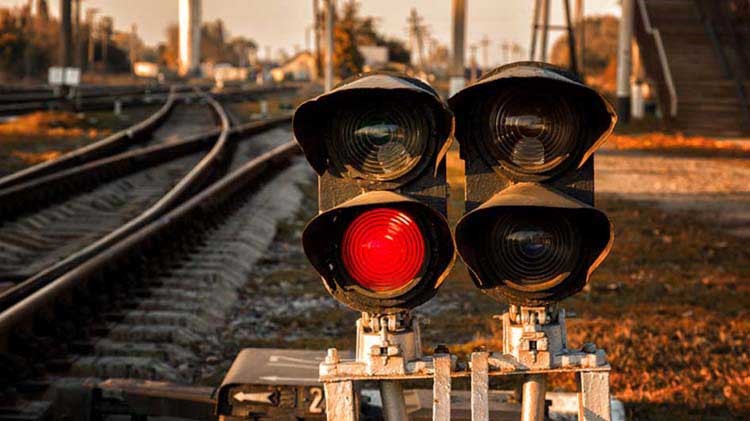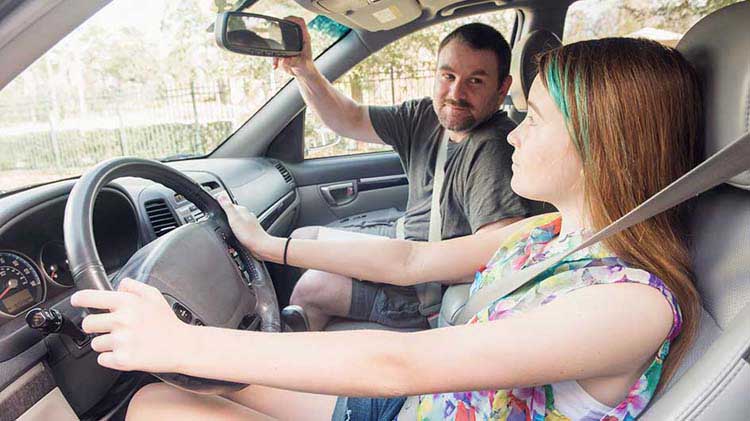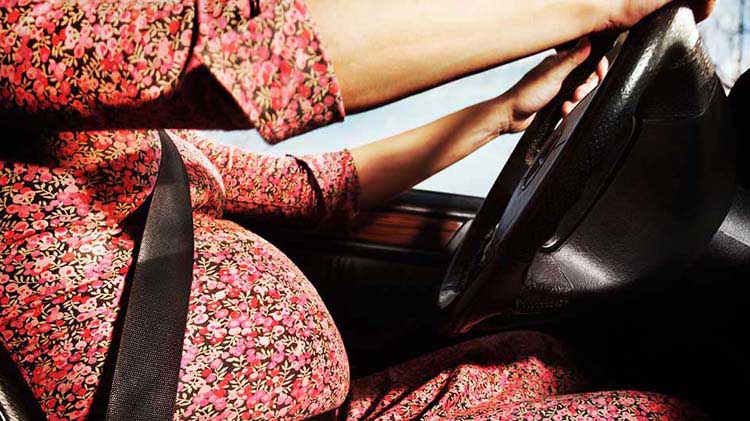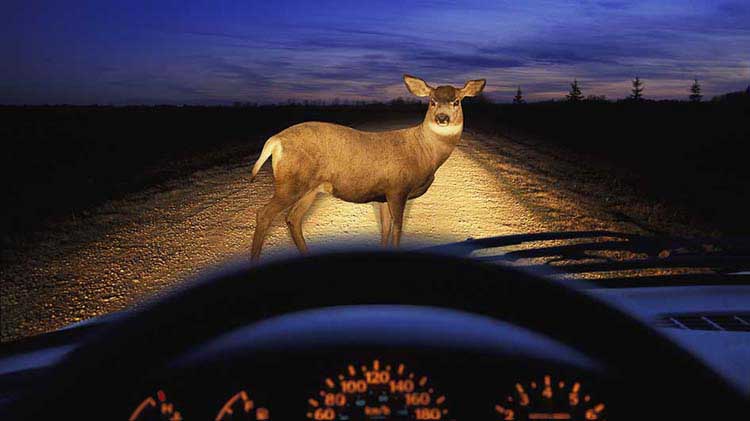Staying safe at railroad crossings
It may be tempting to shoot across the tracks against the signal, but just don't risk it.
Common sense might tell you to keep away from trains and be cautious around railroad crossings. Unfortunately, common sense isn't all that common. The Federal Railroad Administration reports for January through July of 2020 there were more than 900 rail grade crossing incidents in the United States. The net result? 454 people killed and 3,117 injured. Check out the most recent statistics by clicking the Generate Statistics button.
Railroad crossing safety tips:
- Obey the signals. Never attempt to drive under a gate as it is closing, or around a closed gate. If the gate begins to close while you're underneath, keep moving ahead until you clear the crossing.
- Even when things seem clear, look both ways at a crossing. If there are no trains in sight, cross the tracks quickly without stopping.
- Stay at least 15 feet away from the tracks when stopping for a train.
- If one train passes, make sure that a second train isn't approaching on another track. They can, and they do!
- If your vehicle stalls on the tracks, get everyone out and far away from the vehicle and tracks. Debris from any collision will tend to fly in the direction the train is traveling. Call local law enforcement for assistance.
What should you do if a railroad gate isn't working?
If you come to a gate that won't rise despite there being no train, you should find an alternate route to your destination. Attempting to go around the gate is too risky and may lead to catastrophe.
What to do if your vehicle stalls on a railroad crossing
If your car stops while on a railroad crossing, your own safety should be your first concern. Operation Lifesaver recommends you exit your car and get away from the tracks even if you don't see a train coming. Find the Emergency Notification System (ENS) sign and call the number on the sign to tell them about the stalled car.




